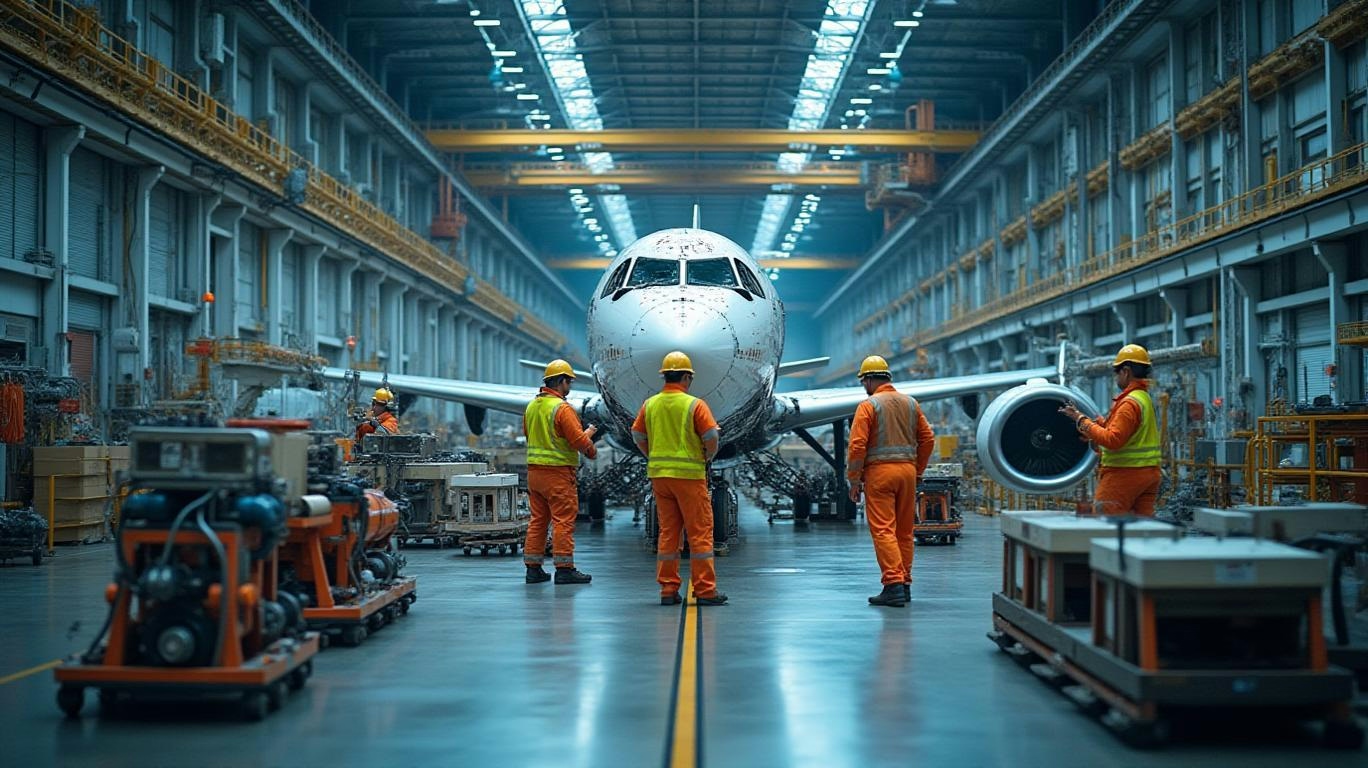
Intelligentere E-Mails, schnelleres Geschäft. RFQs, Angebote, Bestellungen und mehr automatisch markieren, analysieren und beantworten – sofort.
Trends
Categories
Aircraft Door Market Projected to Reach $1.8 Billion by 2032 Amid Commercial Aviation Growth
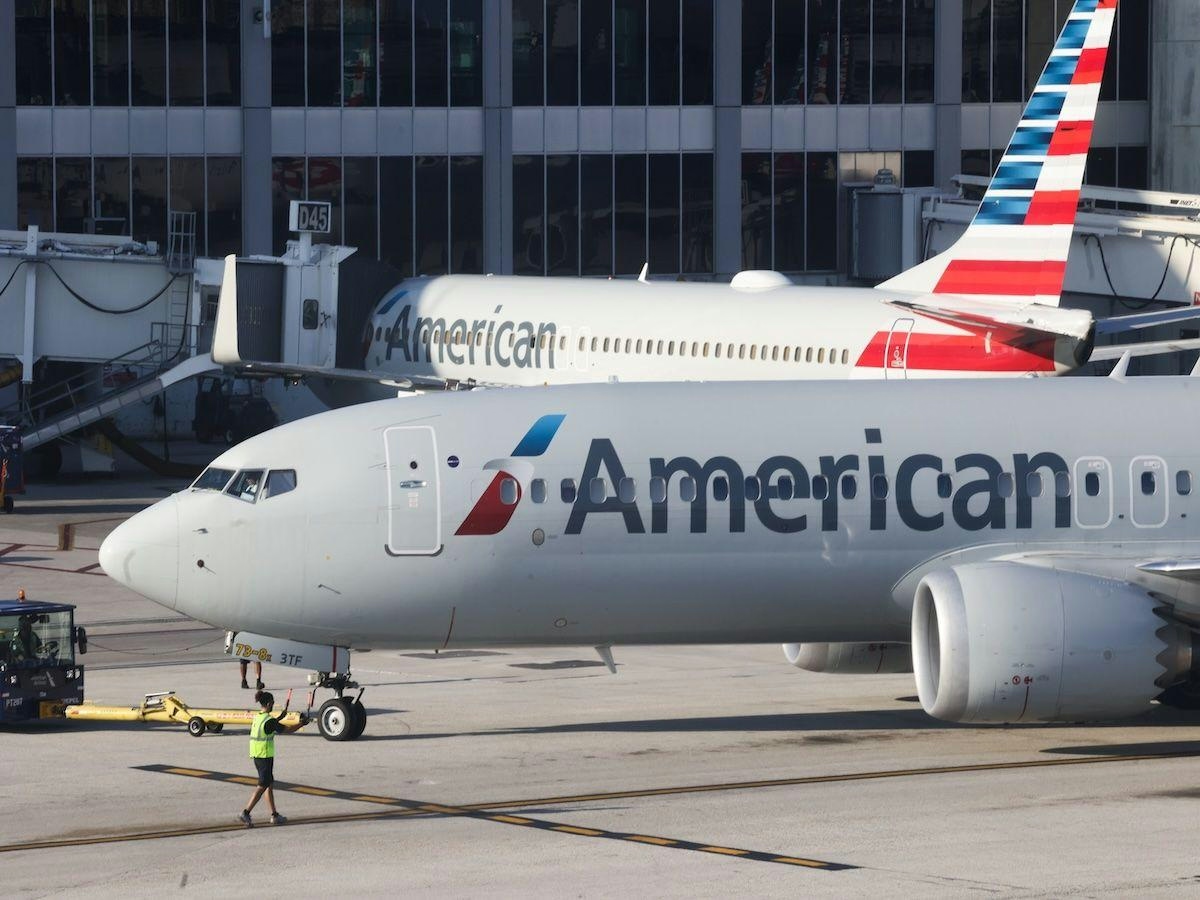
Aircraft Door Market Projected to Reach $1.8 Billion by 2032 Amid Commercial Aviation Growth
The global aircraft door market is on a trajectory of steady expansion, driven primarily by increasing aircraft production and the aviation sector’s emphasis on lightweight, fuel-efficient designs. Valued at $1.11 billion in 2023, the market is forecasted to grow to $1.18 billion in 2024 and reach $1.8 billion by 2032. This growth corresponds to a compound annual growth rate (CAGR) of 5.48% between 2024 and 2032, reflecting strong industry momentum.
Commercial Aviation as a Primary Growth Driver
The resurgence of global air travel following the pandemic, coupled with the rising popularity of low-cost carriers, has led airlines to expand their fleets rapidly. This surge in aircraft orders directly increases demand for essential components, including various types of aircraft doors such as passenger entry, cargo, emergency exits, and service doors. As fleets grow, the need for advanced, reliable, and regulation-compliant door systems becomes increasingly critical to ensure operational efficiency and safety.
Emphasis on Safety, Compliance, and Technological Innovation
Aircraft doors play a vital role in maintaining structural integrity and ensuring passenger safety, subject to rigorous international regulations enforced by authorities like the Federal Aviation Administration (FAA) and the European Union Aviation Safety Agency (EASA). Modern door systems are required to guarantee fail-safe operation, effective pressure sealing, and readiness for emergency evacuation. Recent technological advancements in locking mechanisms, sensors, and materials have enhanced safety features while improving passenger comfort by reducing noise and increasing insulation.
Despite these advancements, the market faces challenges stemming from increasingly stringent safety standards and the demand for cutting-edge materials and technologies to meet evolving aviation requirements. In response, manufacturers are intensifying investments in research and development to innovate door designs that improve both safety and operational efficiency.
Contributions from Military and Cargo Aviation
Beyond commercial aviation, the defense and cargo sectors are significant contributors to the aircraft door market’s growth. Military aircraft necessitate specialized doors designed for troop deployment, cargo loading, and emergency evacuations. Rising defense budgets and ongoing fleet modernization efforts are driving demand for robust, mission-ready door solutions. Simultaneously, the global expansion of e-commerce is propelling growth in cargo aviation, increasing the need for large, easy-to-operate cargo doors capable of handling heavy freight loads efficiently.
Industry Strategies and Competitive Landscape
To navigate market challenges and maintain competitiveness amid rising production costs, industry players are adopting multifaceted strategies. These include increased investment in research and development to create innovative, lightweight, and safer door systems, as well as collaborations with technology firms to integrate smart systems and automation into aircraft doors. Additionally, competitive pricing strategies are being employed to retain market share as production scales up.
These initiatives are expected to shape the future of the aircraft door market, enabling manufacturers to meet stringent regulatory requirements while addressing the evolving expectations of airlines and passengers. As the aviation industry continues to grow and evolve, the aircraft door market will remain integral to advancing safety, efficiency, and passenger experience on a global scale.
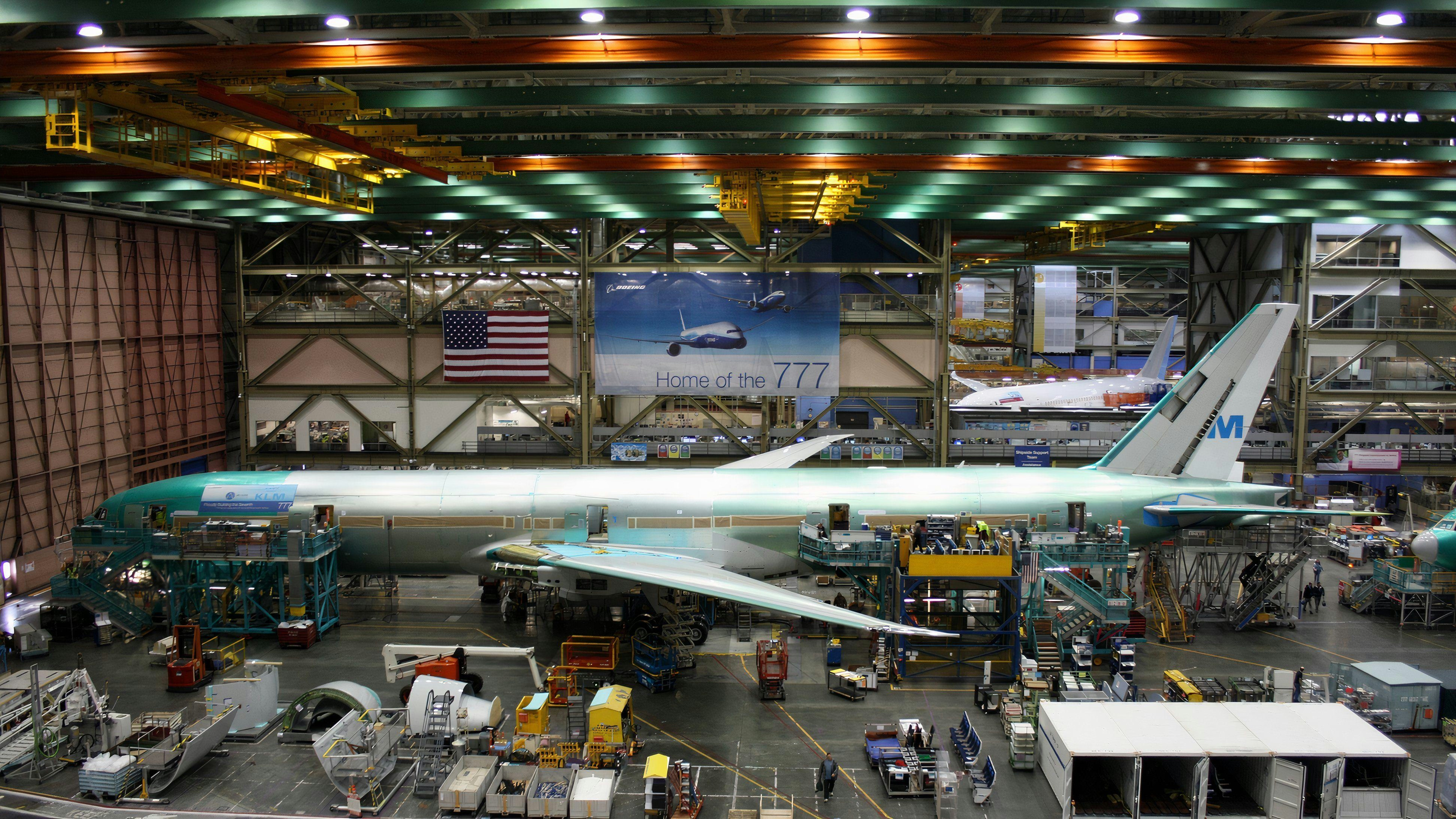
SMBC-Led Acquisition of Air Lease Corp. and Its Industry Implications

Cathie Wood’s ARK Invest Increases Stake in Archer Aviation as Air Taxis Advance
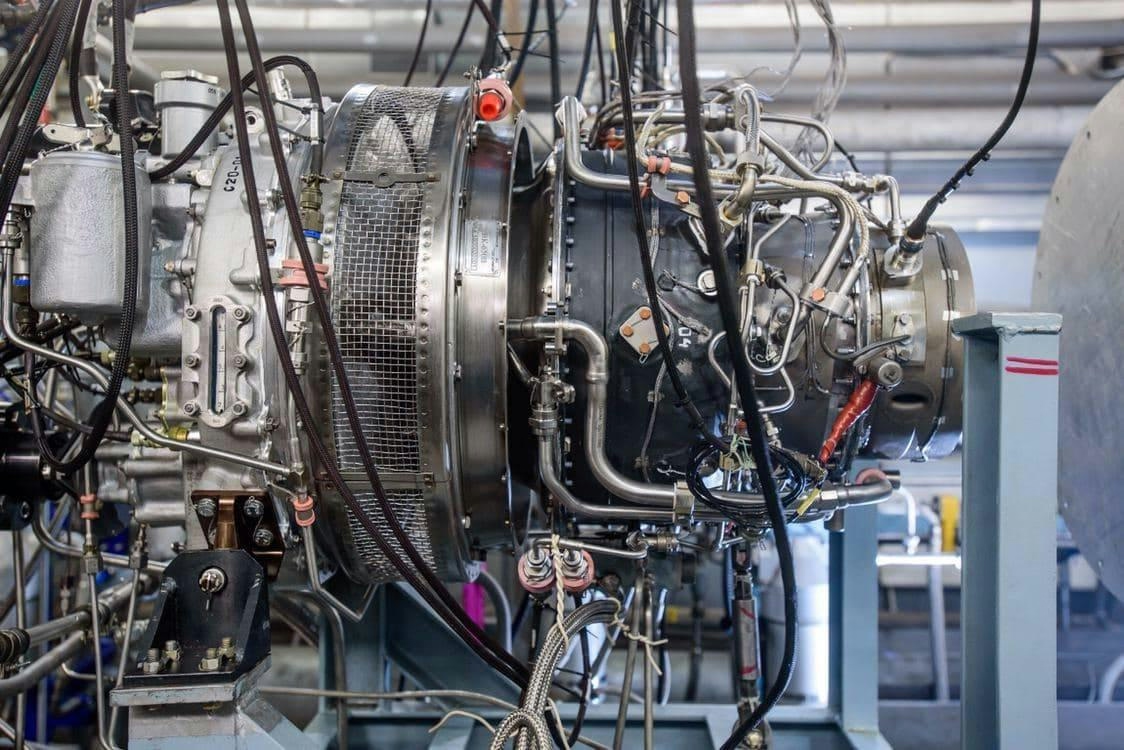
Ansat Helicopter Completes First Flight Powered by Russian VK-650V Engine
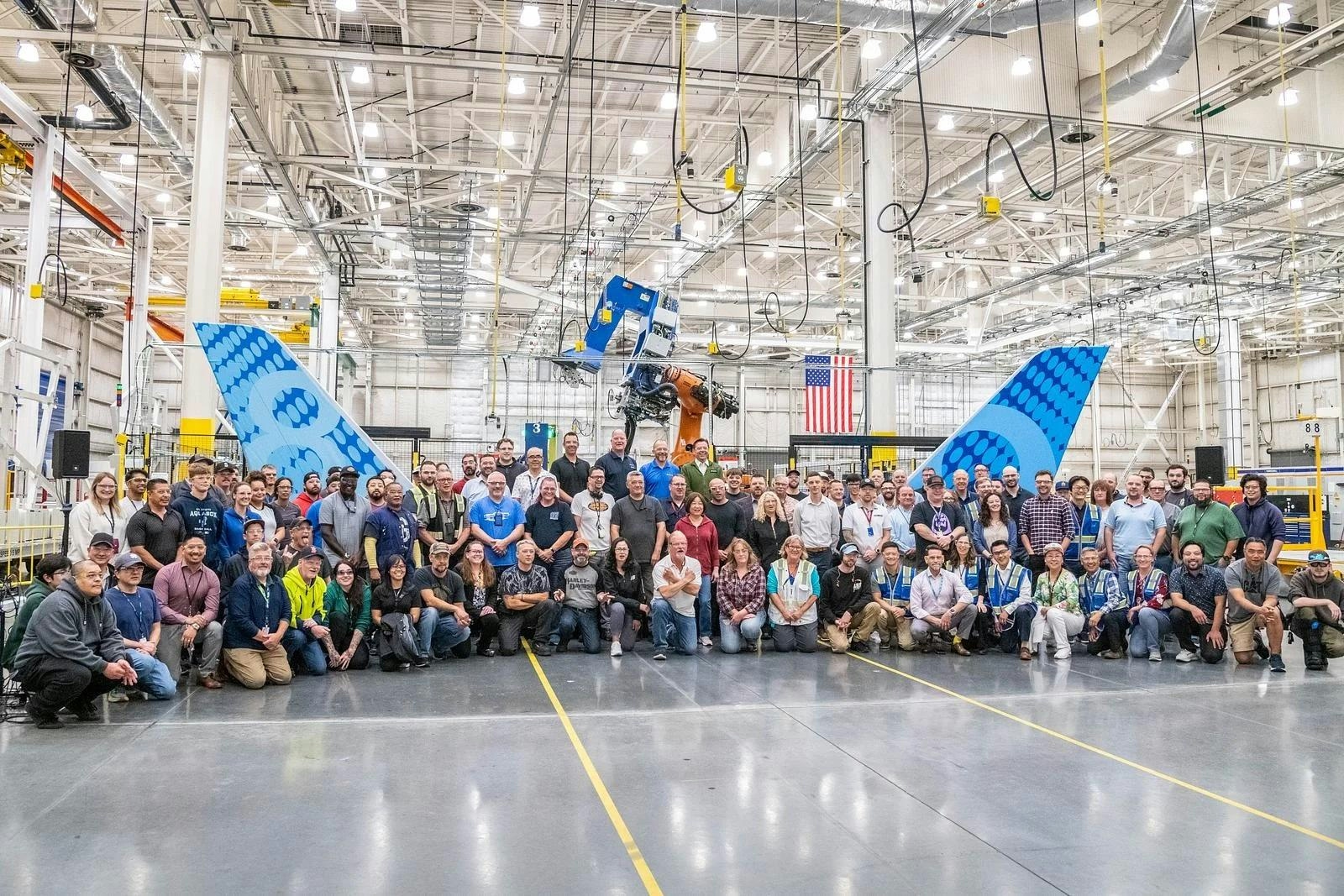
TAT Technologies Launches FutureWorks Aerospace Innovation Center
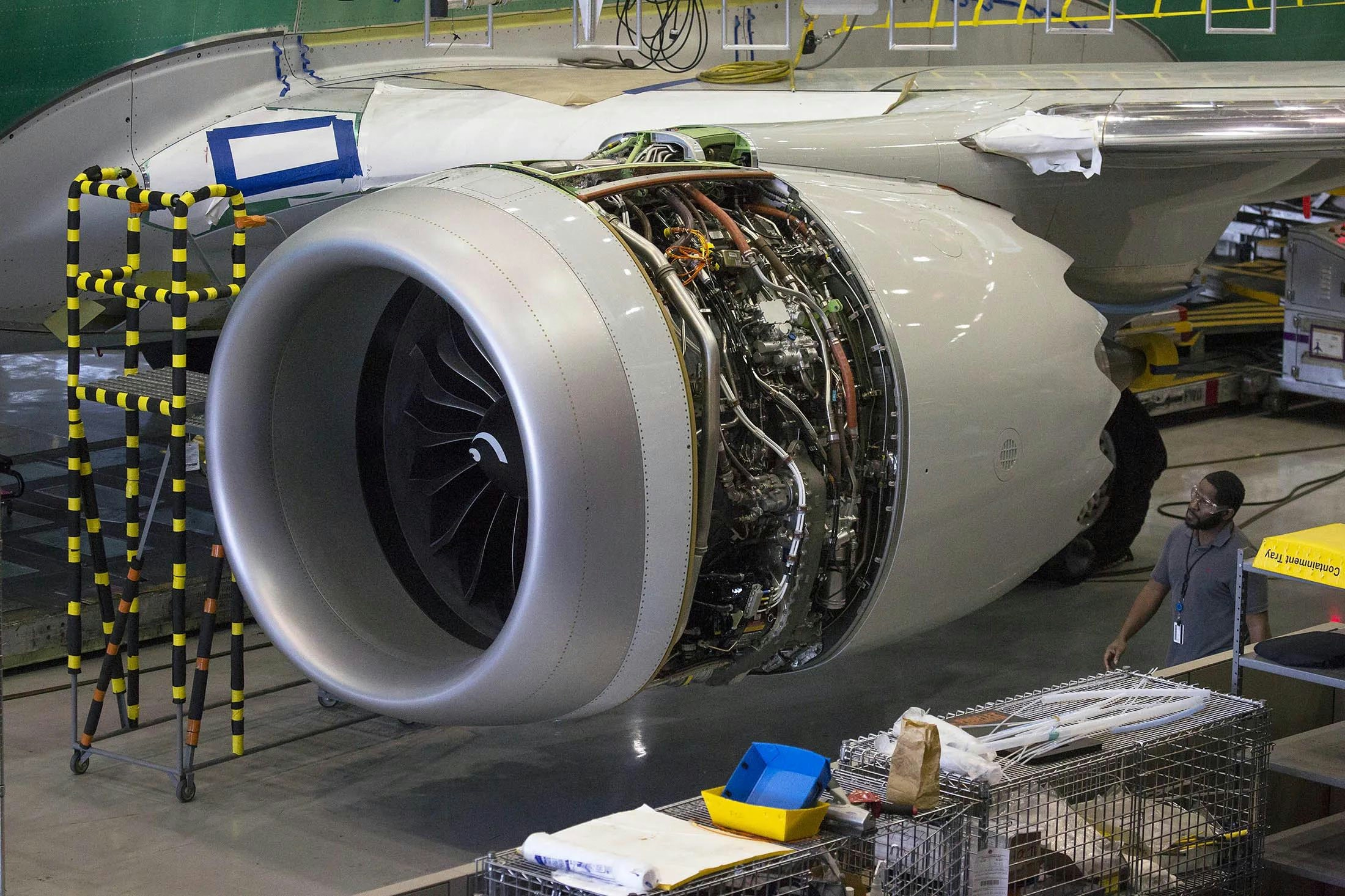
How Long It Takes for a New Plane to Be Delivered
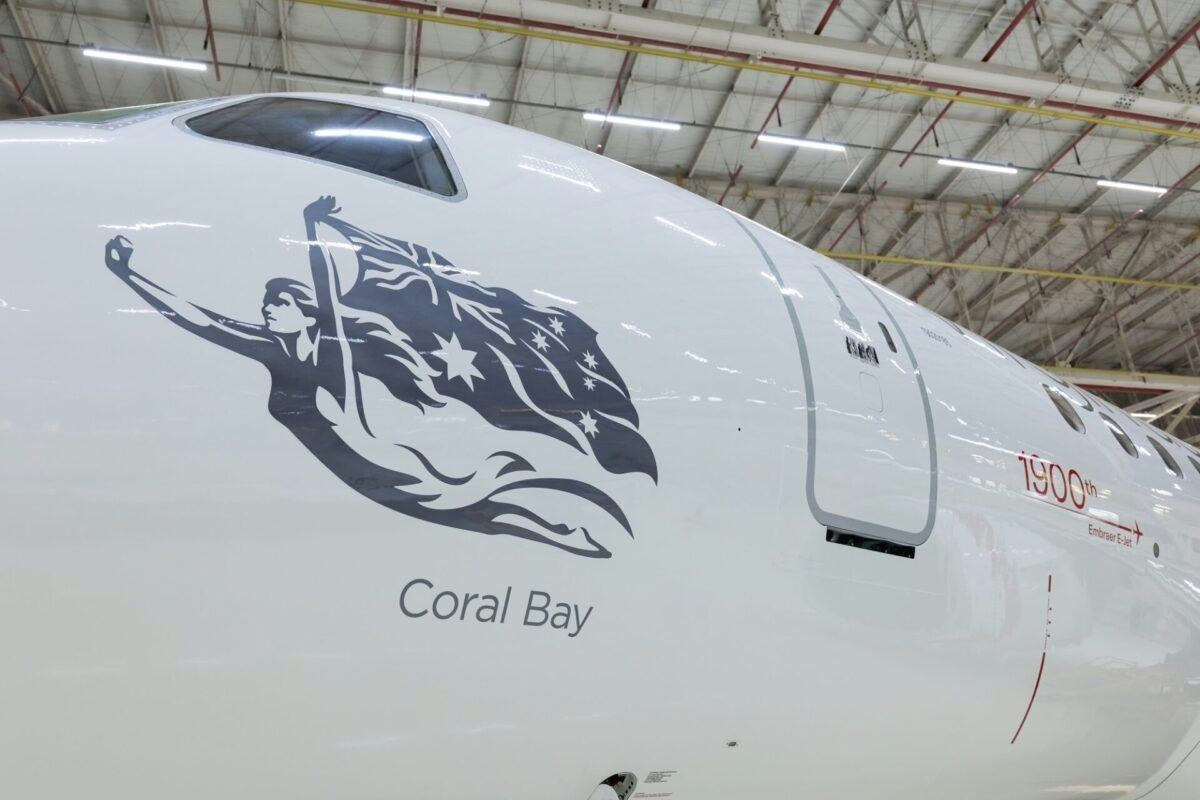
Azorra Delivers Australia’s First E190-E2 to Virgin Australia

Collins Aerospace Expands MRO Facility in Tajęcina, Poland
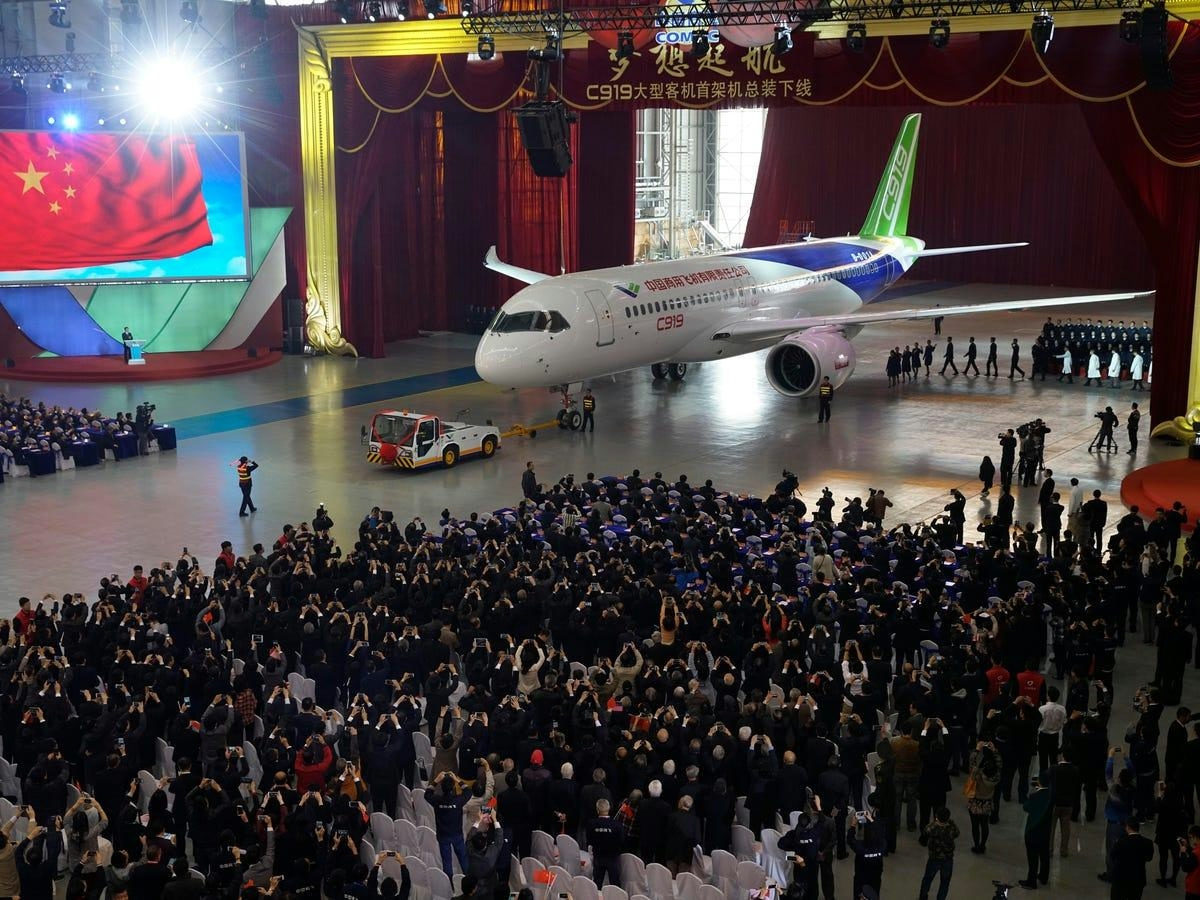
COMAC Aims to Triple Aircraft Deliveries by 2030
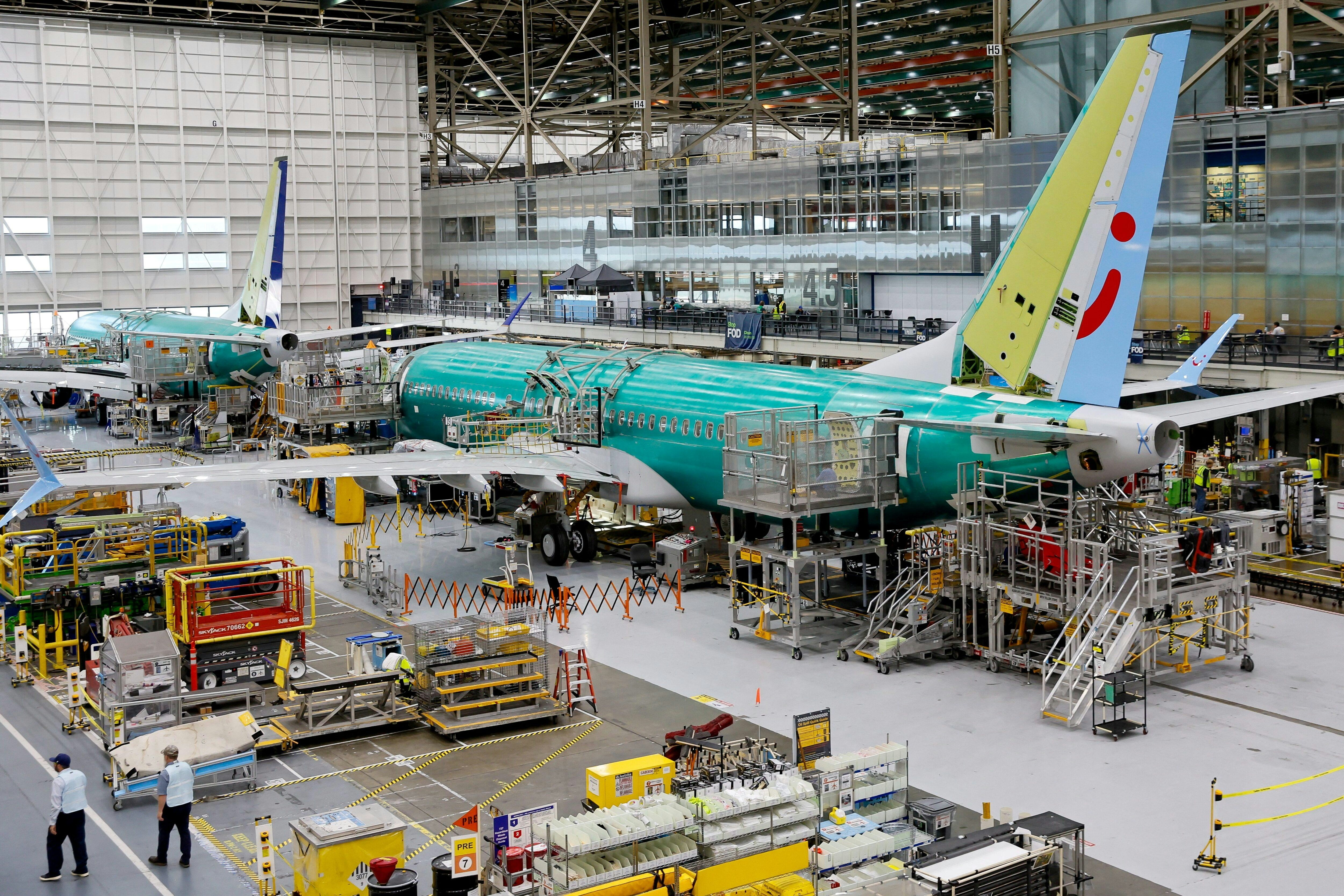
ALM Acquires Two Boeing 737 MAX 8 Aircraft from BOC Aviation
